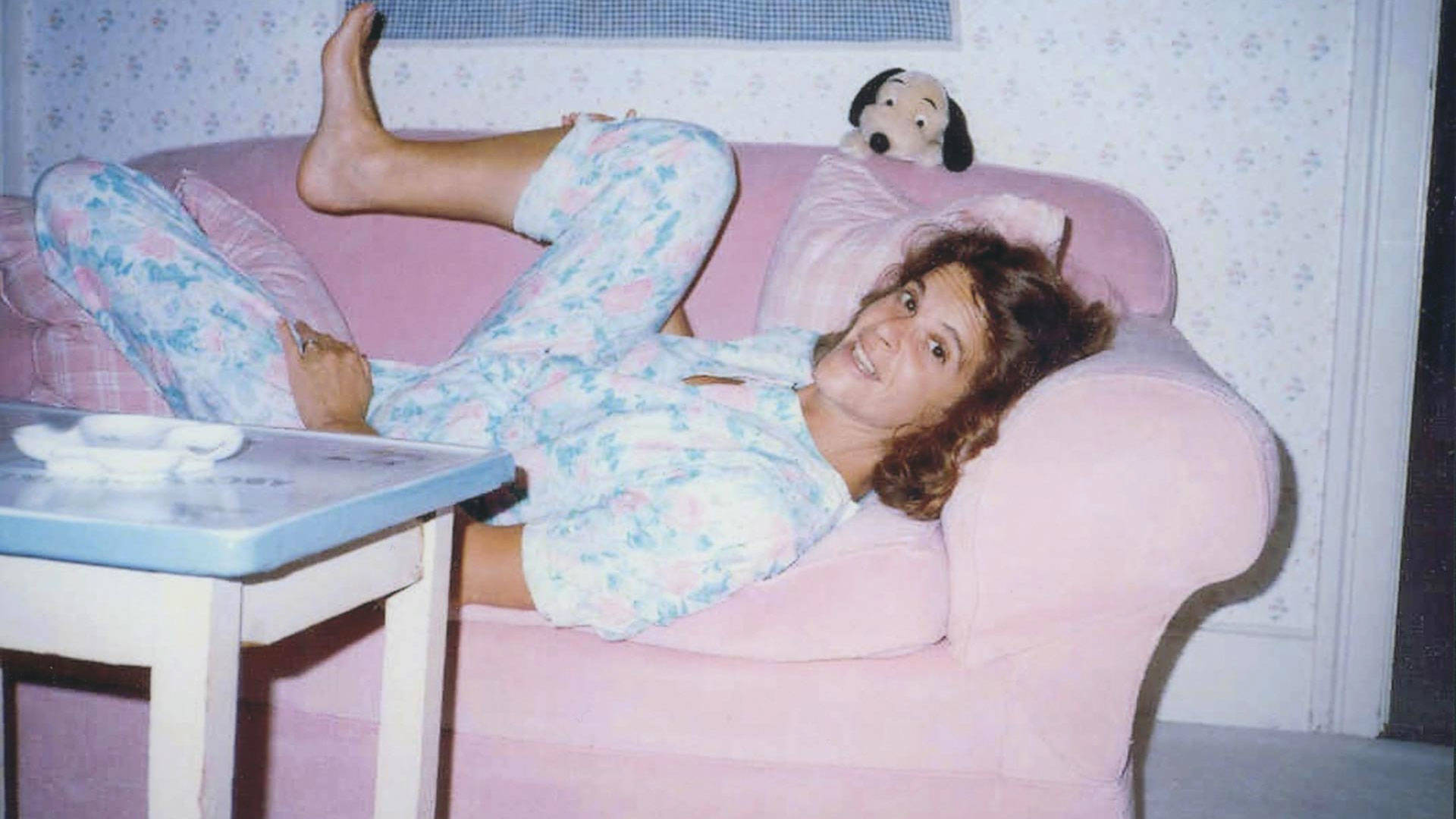Do you have a foolproof video that always makes you laugh? A TV or movie clip that, no matter what particular brand of despair filled your day—the fear and anxiety of daily headlines, work frustrations or relationship troubles—can at the very least get you to smile?

There’s a handful of media that I regularly employ in such a medicinal fashion, but my No. 1 has held steady for years now. It’s a skit that ran on Saturday Night Live in December 1976, during the 10th episode of the second season. Candice Bergen hosted; Frank Zappa was the musical guest.
The sketch is a fake commercial, a public service announcement for the stupidity-rights movement, featuring Bergen and Gilda Radner. The premise is, appropriately, extremely stupid, and would likely have only been moderately funny if things had gone according to script. But then magic happens: Bergen flubs a line, and Radner runs with it in such a simple yet hilarious way that the studio audience erupts with laughter and, simultaneously, Bergen breaks. Straight-up loses it. I’m talking slumber party, wipe-your-eyes, pee-your-pants style giggle fit, which the viewer gets to watch over Radner’s right shoulder for the duration of the sketch.
This sketch is so dumb, but I love it. I love the face Radner makes as she’s deciding to deliver the ad-libbed line that sends the thing over the top; I love seeing a seasoned actress rendered helpless by laughter. But there’s also something that’s just perfectly-distilled Gilda here: open, silly, contagious joy. It feels like an old friend making you laugh, finding your weak spot and doubling down on it, trying to make milk shoot out of your nose. I wish this skit lasted 10 minutes longer.
I wish we got even 10 more minutes of Gilda in general.
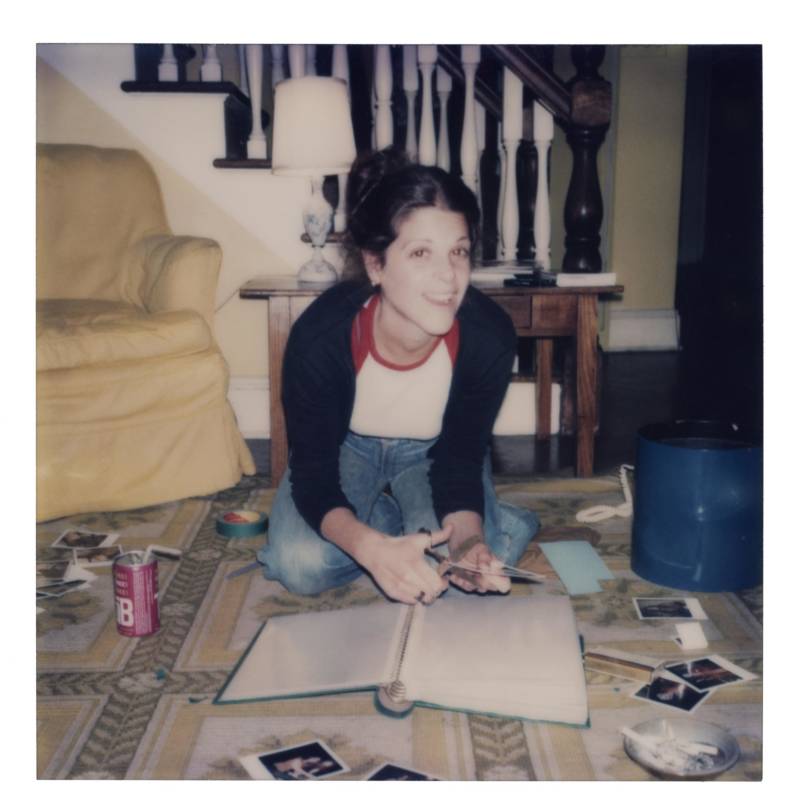
“There’s truly a timeless, universal quality to what she did. Amy Poehler said she thinks of Gilda as a red-blue state: loved by all,” says Lisa D’Apolito, the director of Love, Gilda, a new documentary about the late comedian that hits theaters Sept. 21. (It had its world premiere as the opening film at New York’s Tribeca Film Festival in April, with an emotional introduction from Tina Fey.)
“She just enjoyed performing so much,” says D’Apolito of Radner. “And she obviously had an acute sense of character, but physical comedy was always part of it. The way she uses her body—even if you didn’t understand the language she was speaking, I think you could just watch Gilda and laugh.”
“Just watch Gilda and laugh” is, fittingly, what most Love, Gilda viewers will leave the theater wanting to do, so prepare to lose at least an hour or two afterward in a YouTube rabbit hole, revisiting beloved characters like Emily Litella, Roseanne Roseannadanna and Lisa Loopner. But casual fans of the comedian—who died tragically at 42, of ovarian cancer—will also gain insight on lesser-known aspects of her life; the documentary isn’t shy about her demons.
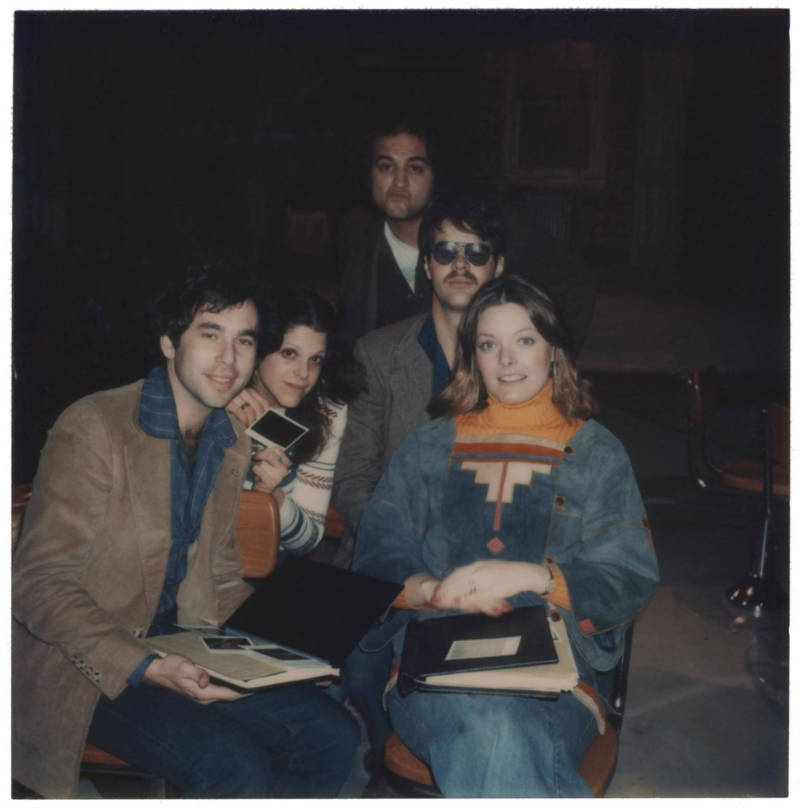
Born into an upper-middle-class Jewish family in Detroit, Radner was a happy but chubby kid; her parents put her on diet pills while she was still in elementary school. Meanwhile, she honed a self-deprecating sense of humor as a way to debarb insults from other children, and grew to crave the feeling of love that came with making people laugh. Then Radner’s father, her most enthusiastic audience, died when she was 14. In context, her deep insecurities (even at the height of her fame) and her ongoing battle with bulimia as an adult (diary entries from her stay at an eating disorder clinic are particularly tough to hear) snap into painfully sharp focus.
D’Apolito earned the trust of Radner’s brother, as well as ex-husband Gene Wilder and other close friends over the course of the four-year filmmaking process, gaining access to previously unreleased material, and the film feels both intimate and protective of Radner’s legacy as a result. To be sure, it’s fun to see Amy Poehler, Melissa McCarthy, Bill Hader and other current comics voice their awe about Radner, while onetime colleagues like Lorne Michaels and Martin Short get the chance to reminisce. The doc touches on the comedian’s romantic relationships, including marriages to SNL bandleader G.E. Smith and, of course, to Wilder. (Bill Murray, who had a two-year, deep but reportedly tumultuous relationship with Radner, didn’t respond to the filmmaker’s requests for an interview.)
But it’s the primary sources that make Love, Gilda hit you in the chest. Using home movies, diaries, and a series of audiotapes the comedian recorded in the process of writing her memoir It’s Always Something, the film smartly allows Radner to narrate her own story, in her own voice, wherever possible.

It’s in these journals that we get closest to understanding a central tension for Radner: that of a natural star who got blindsided by the realities of actual stardom. The first person cast in the “Not Ready For Primetime Players”—the freshman group of comedians on SNL in 1975 that included Chevy Chase, John Belushi and Dan Aykroyd—Radner was in many ways an archetypal Cool Girl. She could hold her own with literally the best of them; there was an innocence about her, but she also loved to get gross, tell fart jokes; she could play kids or old ladies and anything in between. She was always having fun—explosive, fully committed fun—and she didn’t mind if it came with a few bruised ribs.
By the end of the show’s first season, viewers across America had fallen in love with her. And just like that, she could barely leave the house without a disguise.
“I think she saw life as a playground, and she loved to go out and play,” says D’Apolito. “But once she started to become famous she couldn’t go out, and I think that’s when the eating disorder got worse … her friends told me she liked getting her makeup done for magazines, but she definitely wasn’t after fame.”
What does it mean, exactly, to love an audience but dislike being famous? What do you owe your fans, if anything? And how much heavier are those questions when you’re a young woman whom nearly everyone, myself included, has subconsciously come to think of as a friend?
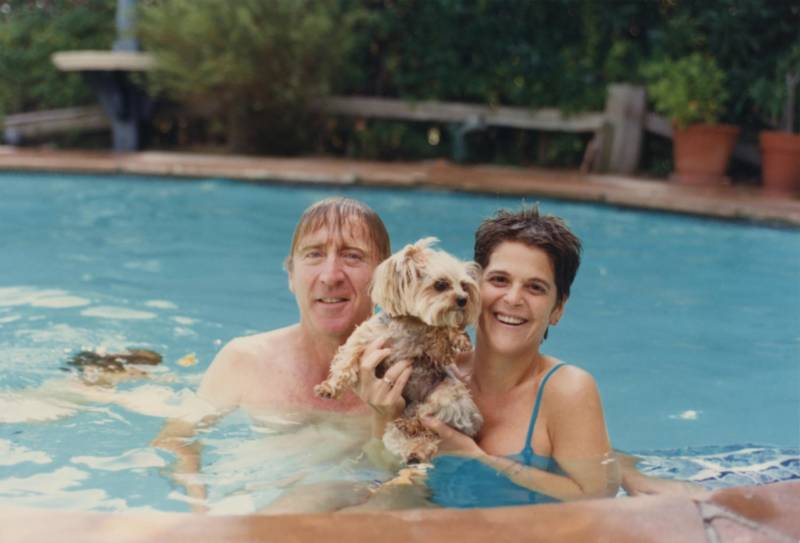
It’d be ridiculous to attempt to list the performers, male and female, who owe Gilda Radner a debt in some way. Mike Myers has said she’s the reason he wanted to be on SNL. Personally, I can’t watch Maya Rudolph, Kate McKinnon, Broad City, Ali Wong, Jenny Slate—the list goes on—without seeing sparks of Gilda’s electricity.
With the whole doc clocking in at just 86 minutes, Love, Gilda doesn’t have time to fully map that lineage either. The final half-hour feels a bit rushed, covering Radner’s life in Los Angeles, grief over a miscarriage, diagnosis with ovarian cancer, and discovery of the Wellness Community, a cancer support organization that later inspired Wilder to found Gilda’s Club in his wife’s honor. (The two organizations have since merged.)
But for those of us who are still in love with her, it might also be true that even a five-hour film wouldn’t feel sufficient.
“When I first started trying to drum up support for the film, I was hearing concern about whether there would be enough interest in her—I think especially among younger viewers, who might not know who she is,” says D’Apolito. But D’Apolito had worked with Gilda’s Club; she knew exactly how much Radner meant to clients there. And since the film first premiered she’s held screenings in select cities—when we talk, she’s just hosted San Diego’s the night before—and “every time, there are 20 or 25 people who wait to just tell me ‘thank you’ after. They’re grateful for her.”
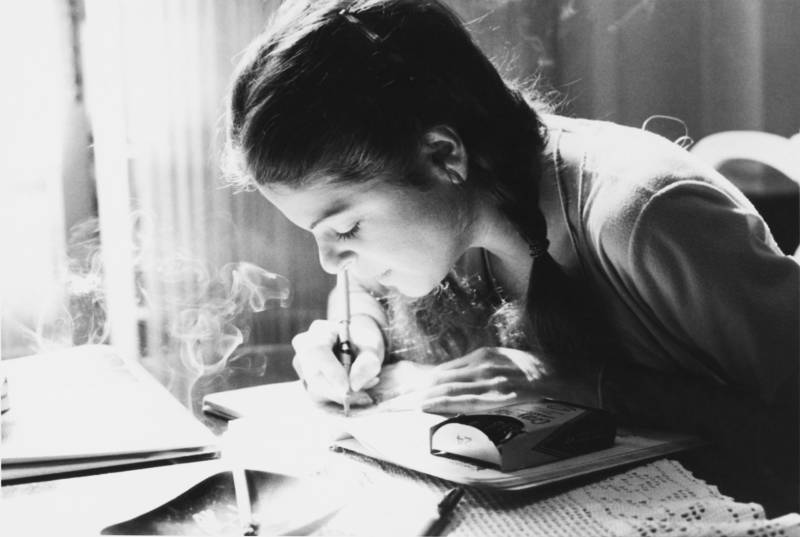
Gilda Radner died on the afternoon of May 20, 1989, which also happened to be a Saturday, a few hours before the finale of SNL’s 14th season. The news broke as host Steve Martin was rehearsing; the cast and crew were understandably devastated—apparently few of them were aware of how ill she’d been—and the decision was made to scrap the intro monologue.
Instead, visibly choked up, Martin introduces a clip of a sketch he performed with her on the show in 1978. It’s entirely wordless: a musical number in which the pair, dressed in white, both obviously masters of physical comedy, swerve between attempts at sensual ballroom dancing and goofy, hysterical, limb-swinging freakouts—all culminating in Radner climbing back into her chair at a dinner table in, and I don’t know how else to phrase this, the funniest way anyone has ever tried to segue from dancing into sitting back down at a dinner table in the history of time.
The sketch was apparently parodying a well-known routine from a Fred Astaire movie, but I didn’t know that the first few times I saw it. All I knew was that it made me laugh like crazy, and that it, too, was top-shelf, quadruple-distilled Gilda. Which is to say, joyful. Game for anything. Sweet beyond belief, but cut with the signs of an absolute maniac. And perfectly, imperfectly human.

‘Love, Gilda’ opens nationally Sept. 21.
Emma Silvers is a writer living in San Francisco. Find her on Twitter here.
